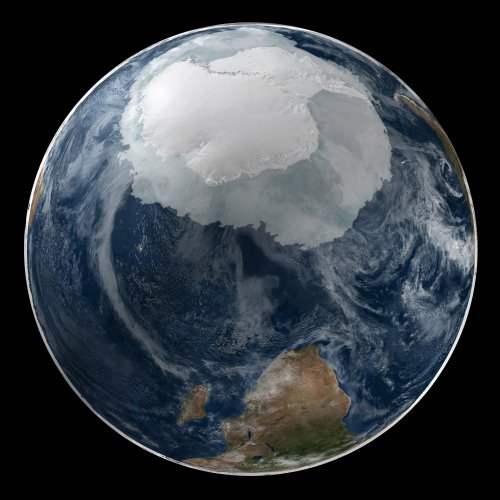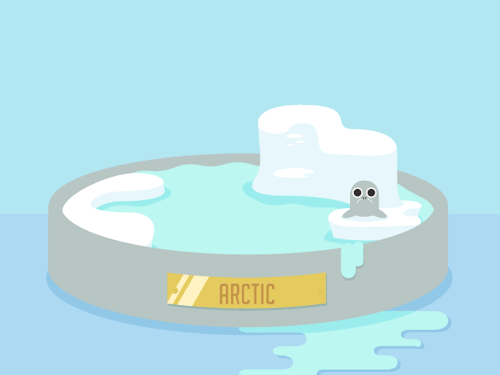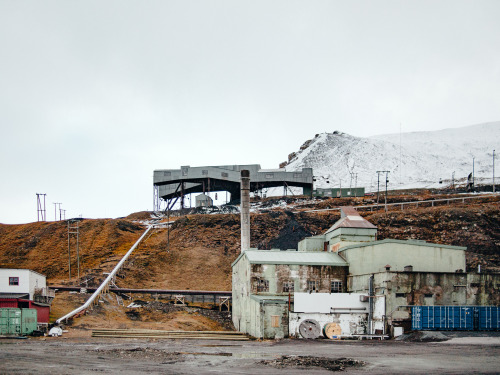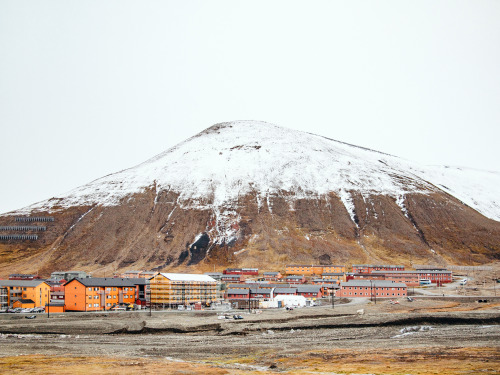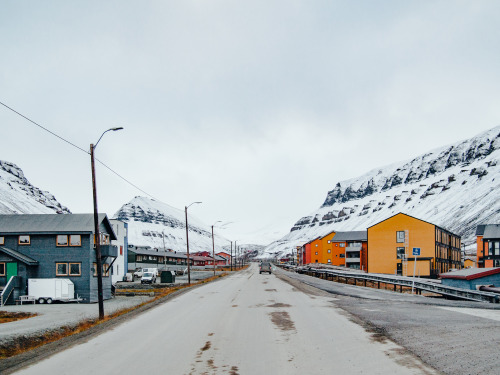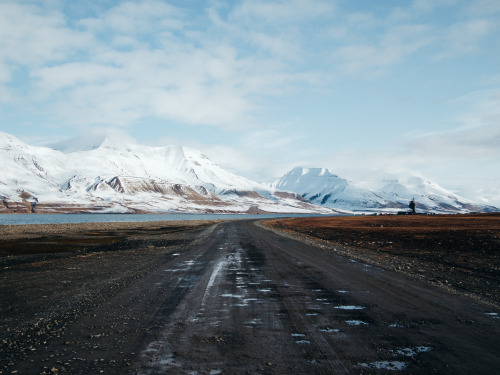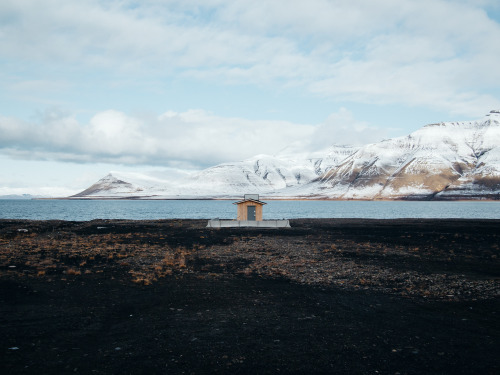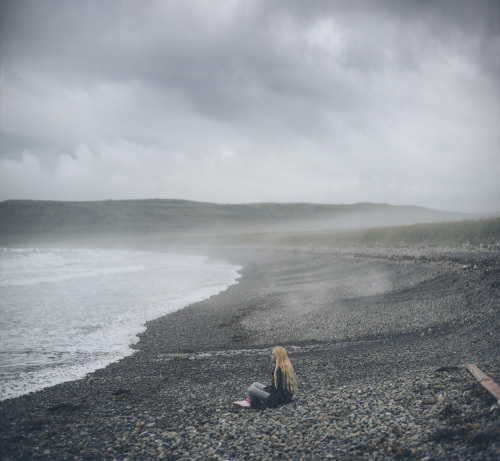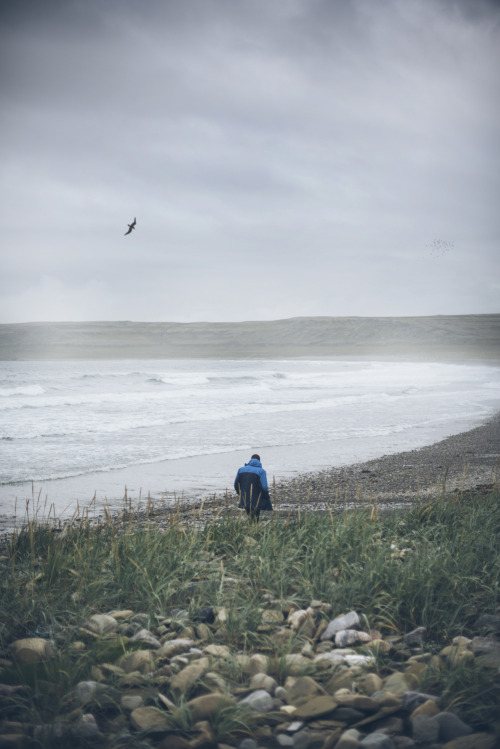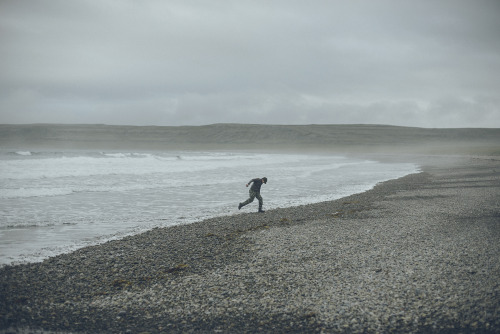#arctic circle
Antarctica (September 21st, 2005). The terrain and cloud cover are taken from images in 2004 and 2002 respectively.
The Antarctic is in some ways the opposite of the Arctic. The Arctic is an ocean basin surrounded by land, whereas the Antarctic is a continent surrounded by water.
In the Northern Hemisphere, sea ice can extend southwards to a latitude of 45°N (along the north-east coasts of Asia and North America), but most of the ice is above 70°N. In the Southern Hemisphere, the ice doesn’t get that close to the South Pole. It fringes the continent, and extends northwards to 55°S at its greatest extent.
Because of this, Antarctic sea ice coverage is larger in winter than in the Arctic, but smaller in summer. Total Antarctic sea ice peaks in September (beginning of spring) to a historical extent of 17 – 20 million square kilometres. The minimum extent is in February (end of summer), at about 3 – 4 million square kilometres.
Antarctic sea ice is distributed around the entire fringe of the continent, a much broader area than in the Arctic. It is also exposed to a broader range of land, ocean and atmospheric influences. Because of this geographic and climate diversity, the Antarctic sea ice is more variable from year to year. Climate oscillations don’t affect all areas in the same way. Therefore, it is more difficult to make overall generalizations about the influence of climate patterns here.
The Antarctic Oscillation involves a large-scale “see-sawing” of atmospheric mass between the pole and mid-latitudes. This oscillation can intensify, weaken, or shift the location of low- and high-pressure weather systems. These changes influence wind speeds, temperature, and the track that storms tend to follow. Any of these things can influence sea ice extent.
During a “positive phase”, the westerly winds circling Antarctica strengthen and move southwards (inwards). This can change the way ice is distributed among the sectors. It also isolates much of the Antarctic atmosphere.
These stronger winds have an overall cooling effect, but also cause a dramatic warming on the Antarctic Peninsula. This is because warmer air above the oceans to the north is drawn southwards (inwards). In general, these winds can lessen sea ice in some areas and increase it in others, because it can drive the ice further away from the coast or closer towards it, depending on the region.
Post link

Talk to my poems, and talk to your heart - I’m in both: if you need me
Anne Sexton

Love is written in the sky




Winter really is a whimsical time


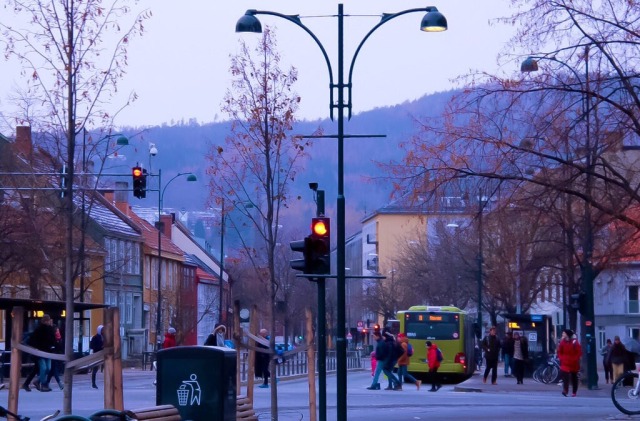

All during the fall I love you. When the leaves change, when the frost comes, when the cover goes on the pool, when the Thanksgiving turkey is ready, when the stores put up their Christmas lights…I love you
Anne Sexton


